I woke early and left the house at 6am this morning to walk up a hill for the sunrise. I sat on an old knobbly ash trunk until I got cold and had to get moving again.
The cherry tree that I hoped to visit had young calves in the field, just since yesterday, so I continued on my round towards home. I walked back along a cycle path where earth had been pilled up for a stretch of about 100m. Almost the whole lot was covered in red dead nettle. Along with some speedwell and shepherd’s purse.
I found a quiet corner of the wild and sat with it for a while.
ID features
Red dead nettle is in the mint family so has a square stem and typical mint-family shaped flowers. The flowers are pink and, to me, look like happy little toddlers in bonnets.
The leaves are heart-shaped, toothed, soft and hairy. They grow in opposite pairs.
The flowers grow in whorls around the stem condensed at the top portion of the stem. There are a few layers of the whorls with just the top ones still housing flowers in the calyx.
Each calyx that has lost a flower looks like a 5-pointed star and 4 nutlets can be seen inside each one when they start to form.
It is aromatic, some might say stinky. I used to think it was quite like rotting wood and now I describe it as earthy.
Medicinal uses
The mineral aftertaste indicates its use as a nutrient dense wild spring vegetable. It’s very well suited to cooking in the same way as we might use spinach, in stir fries and egg dishes for example. I’d like to try it sautéed with garlic.
This added nutrition is strengthening to the whole body and immune system. It has a stronger action even that vitamin C.
Consuming it in any way will give you a massive antioxidant boost. It contains flavonoids and polyphenols which together protect against age-related degeneration. This is beneficial for the skin, cardiovascular system, brain and all cells.
It also provides anti-inflammatory action which can be used as a hay fever remedy in wild tea blends that include nettle, elderflower and plantain.
As a mild astringent it also supports gut health, and with its array of nutrients supports the health of the gut flora as well.
How to make a cuppa
Because there were so so many, I decided to experiment with using just the flowers to see if the taste was much different. The taste was milder and I was kind of disappointed to so had another cup with all the arial parts included. This was better.
Break it all up to increase the surface are and help release the contents. The calyx whorls have a very cool shape that looks good floating about. Unfortunately, the flowers lose their colour almost immediately, going a very dull pink to brown.
Taste
It’s like eating earth. With a very distinctive and lingering mineral aftertaste. I think I’m getting used to it.
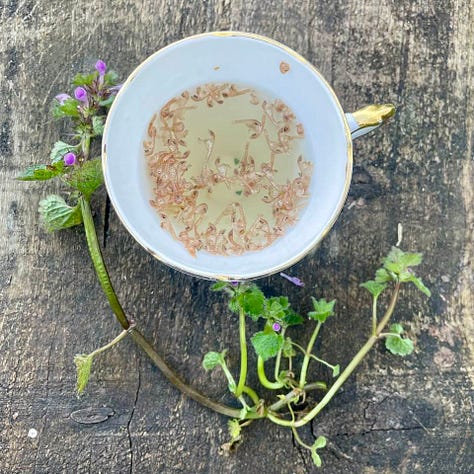
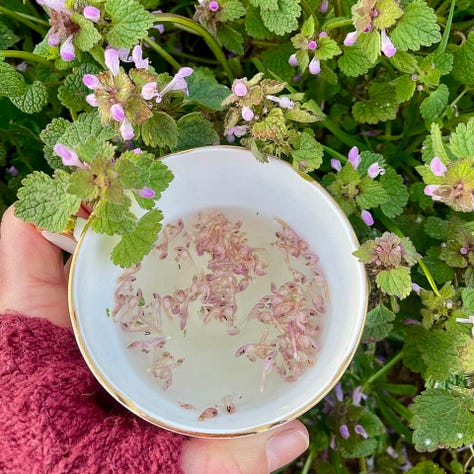
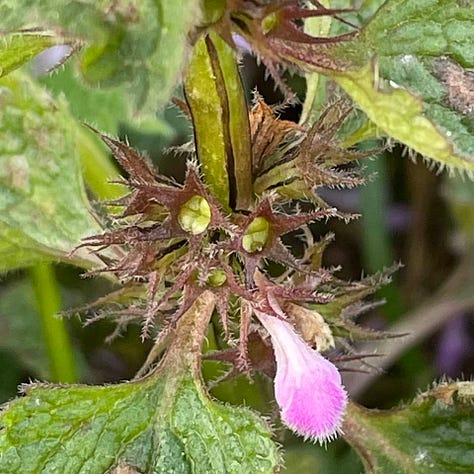
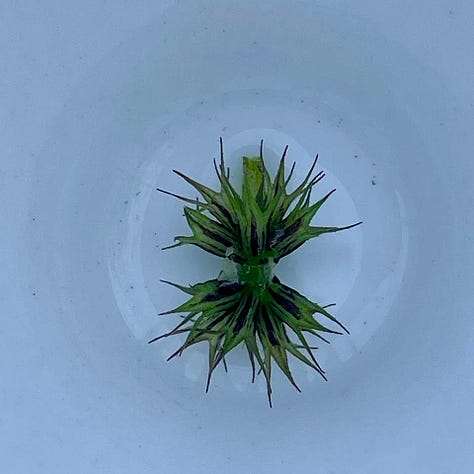
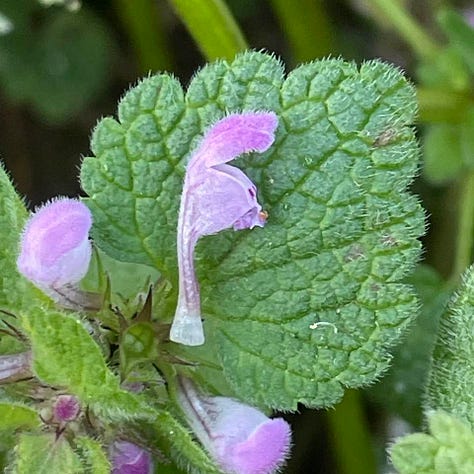

For those Local to me:
My next herb walk is at 6.30pm on Tuesday 15th April. Meet in Peel Park, (on the Community Centre side), in Long Ashton, North Somerset, BS41 9DP. Bring a flask of hot water for a foraged tea.
There will also be a walk in Ashton Court on Tuesday 22nd April. Meet at the entrance to the rose garden with a flask of hot water. We must be mindful that the gates to the grounds are shut at sunset, (8pm), and so we will finish promptly at 7.40pm.
£10 cash on arrival, or pre-pay option via: https://www.healthneedsthyme.co.uk/services
Herbal Medicine Consultations
I am a qualified medical herbalist, trained in much the same way as a GP. However, my medicines are from nature's larder. They nourish and strengthen so that your body can heal itself. I offer consultations via video call and send tonics out in the post. Email me to book an appointment: sarah-janecobley@healthneedsthyme.co.uk





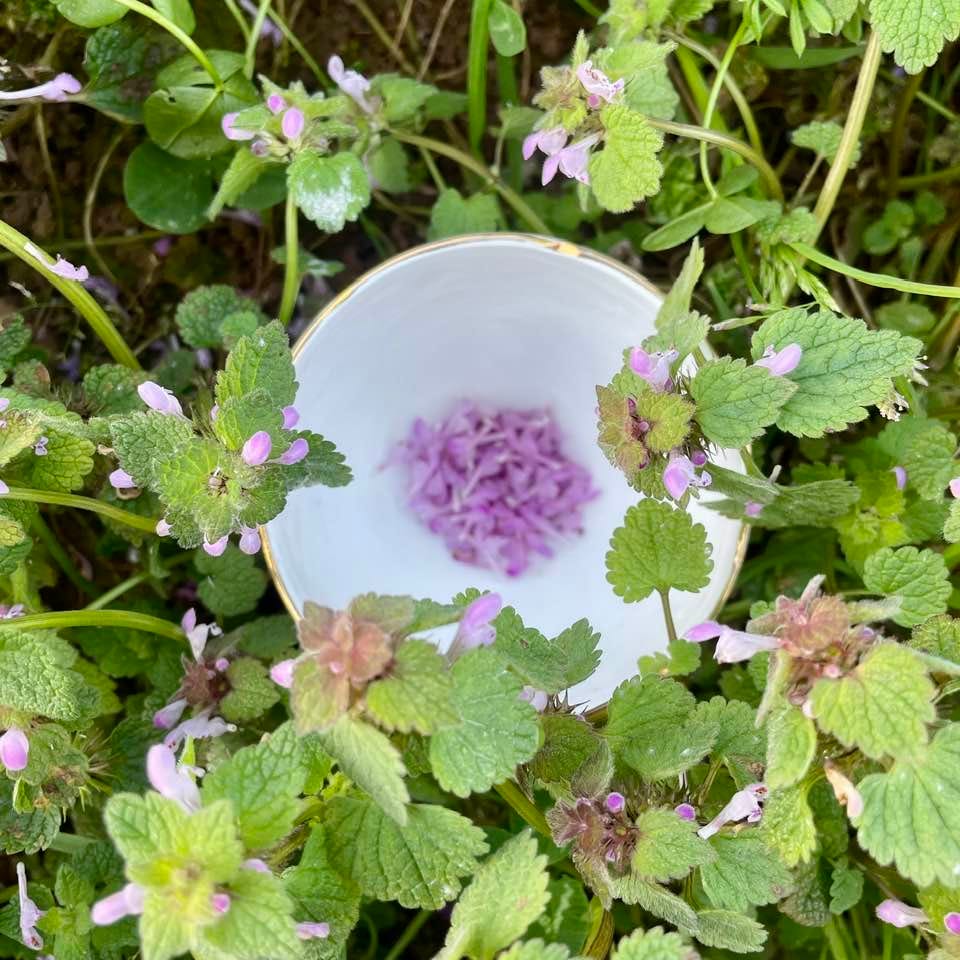


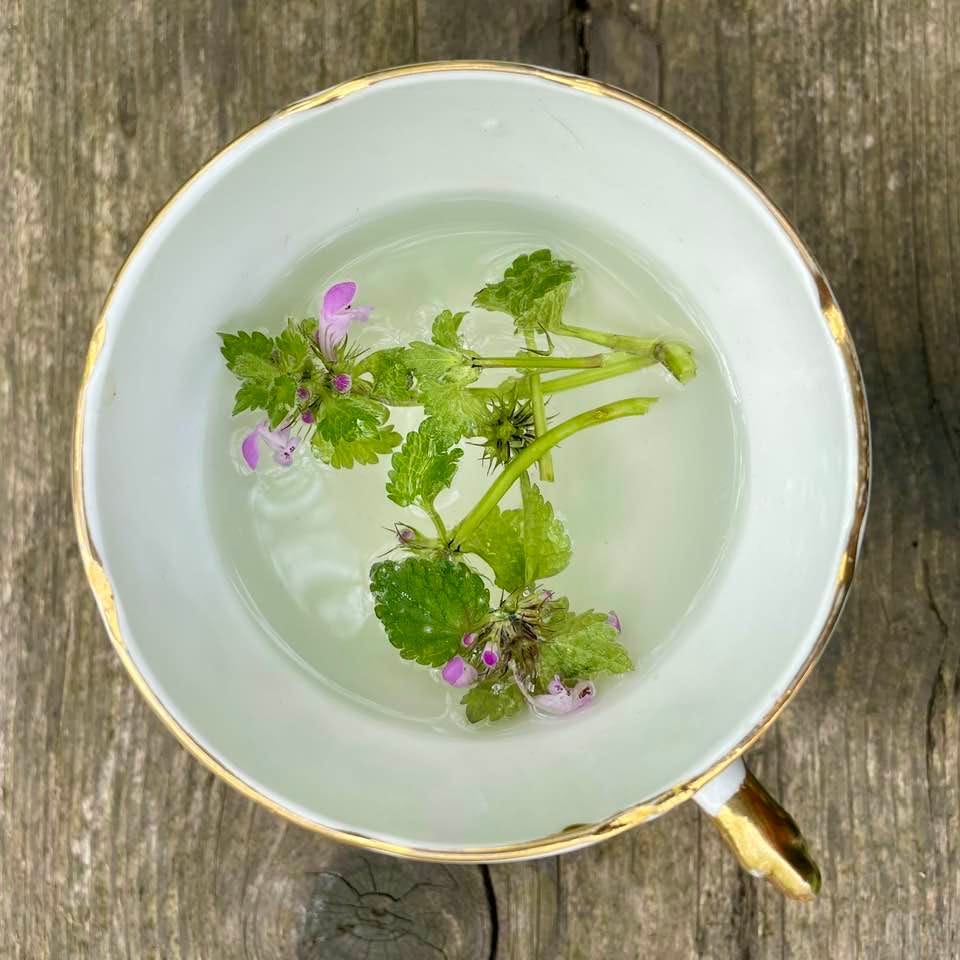


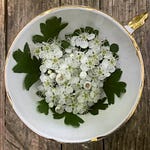







Share this post